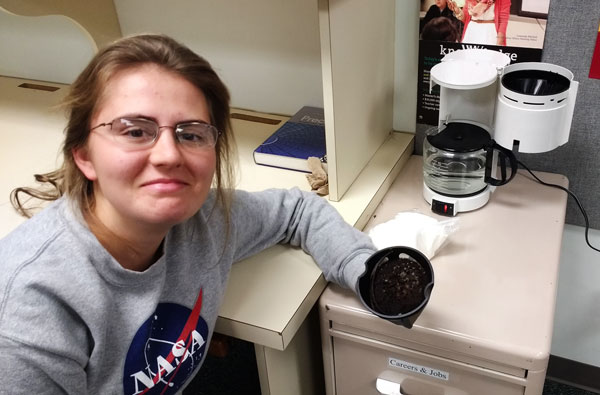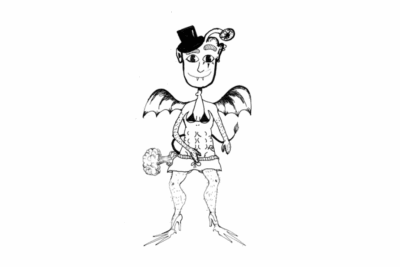There’s been a lot of talk lately about what divides us as a campus and what we can do better to understand the “other.” After deep reflection and watching “The Big Short” for the third time (a movie I’m thoroughly convinced that Bernie Sanders cries himself to sleep watching), I realized that maybe there are some inherent biases in my thinking that needed to be addressed.
One particular fear stands out: the Science Building.I’m a history major, but for some strange reason, I’ve ended up with two courses in this building for the semester. Going to class there is like entering another realm, and my philosophy is to get in and get out.
I don’t even try anymore to smile and make eye-contact with the people coming out of General Chemistry. My attempts at congeniality go to waste on eyes glazed over and reflecting back images of molecular diagrams. I fear that if I succumb to the power of the Science Building, I too will become one of those haunted faces.
The building literally dominates campus, a hulking monument to the importance of empirical thinking and empirical formulas and empirical data. Likewise, I am often intimidated by the subjects of this empire, whose intense study habits seem to dominate their lives and leave them wandering around campus muttering things like, “I need to extract all the caffeine. ALL THE CAFFEINE!”
But I realize that if I want to be a true social scientist, I need to see what makes those anti-social scientists tick.
With the help of fellow scientific outsider Pennsylvania O’Connell, I’ve been systematically penetrating the depths of this temple of learning. Waiting until the dark night of the weekend has driven even the most devout away, we have walked the sterile hallways, looking for answers.
I hoped we would find the source of science students’ fascination, maybe a pulsing disconnected heart whose rhythm kept inhabitants of the building mesmerized. Why else would anyone remain longer than they had to in halls where a horror movie could be filmed?
Alas, I realized I was being much too cynical. The only mesmerizing thing we found was an aquarium in the biology reading room, with a fish who, if my fish-linguistics are up to par, basically told us, “Get off my lawn, you dang kids!”
A few days later, taking the advice of Hannah Thill to switch up our study routines, we decided to try working in a random reading room. The math room seemed the homiest, and we doubted that we would be distracted by the giant volumes of mathematical information on the walls. Then I noticed a title: “The Man Who Loved Only Numbers.”
Here might be an explanation of all these quantitatively inclined people! But I was distracted by Pennsylvania’s discovery of hot chocolate. We marveled that these scientists might actually be hospitable! There was even a coffee pot with which we could prepare said liquid sugar.
To our surprise and disgust, though, we found moldy coffee grounds in the filter—no doubt a Fleming-esque experiment that we heartlessly chucked in the trash. The hot chocolate was top-notch, though.
In my last attempts at understanding the un-understandable, I decided I should try contacting my scientific cousins, the Kansas Burkholders. I quickly discovered that Max Burkholder was leery to engage in a casual conversation about science, so I turned to Brenner as my final hope.
I asked him, “What do you think about a book titled ‘The Man Who Loved Only Numbers’?”
His response: “Sounds poignant.”
I was overjoyed! There are some things that social and anti-social scientists can agree on! Maybe all it takes to start a meaningful conversation between opposites has been hiding in the math reading room all along.


